6.2 Types of Emergencies
The following section provides an overview of some common workplace emergencies. Depending on where the facility is located, you may be at a lesser or greater risk of different types of emergencies. For example, you are more likely to experience a wildfire while working in northern Alberta or an incidence of severe weather in northern Ontario. It is wise to be prepared and have a plan to address many different types of emergencies that could possibly happen in the workplace.
 Fire
Fire
Fires are spontaneous flames that can grow quickly, burning material in their path. Fires release heat, which can burn humans and smoke, which can be dangerous and even deadly when inhaled by humans. Fires can spread rapidly, filling the facility with deadly smoke. Fire prevention and safety are legislated by the government of Ontario in the Fire Protection and Prevention Act, 1997.
 Medical Emergency
Medical Emergency
A medical emergency is an unexpected but serious injury or illness that requires swift medical care to prevent harm or death. Medical emergencies can include heart attacks, strokes, broken bones, etcetera.
 Severe Weather
Severe Weather
Severe weather can be snow storms causing shelter-in-place or floods or tornadoes requiring evacuation of the facility. Weather warnings are issued by the Government of Canada: Weather Information.
 Bomb Threat
Bomb Threat
A bomb threat means that communication, whether verbal or written, has indicated the presence of an explosive device in your facility. Detonation of explosive devices can cause great harm, including death.
 Security Threat
Security Threat
Security threats include an agitated or suspicious person, uncontrollable or disruptive behaviour, allegations of violence, a perceived weapon, a physical altercation, unlawful assembly, or hostage-taking.
 Infrastructure Problem
Infrastructure Problem
Infrastructure problems include any issues with the physical structure of the building, such as a water pipe bursting, a roof collapsing, a gas line leaking, etc.
 Hazardous Material Spill
Hazardous Material Spill
A hazardous material spill occurs when a chemical identified as harmful to humans is accidentally released in an area where it should not be found. Hazardous materials can be identified using the Workplace Hazardous Materials Identification System (WHMIS).

